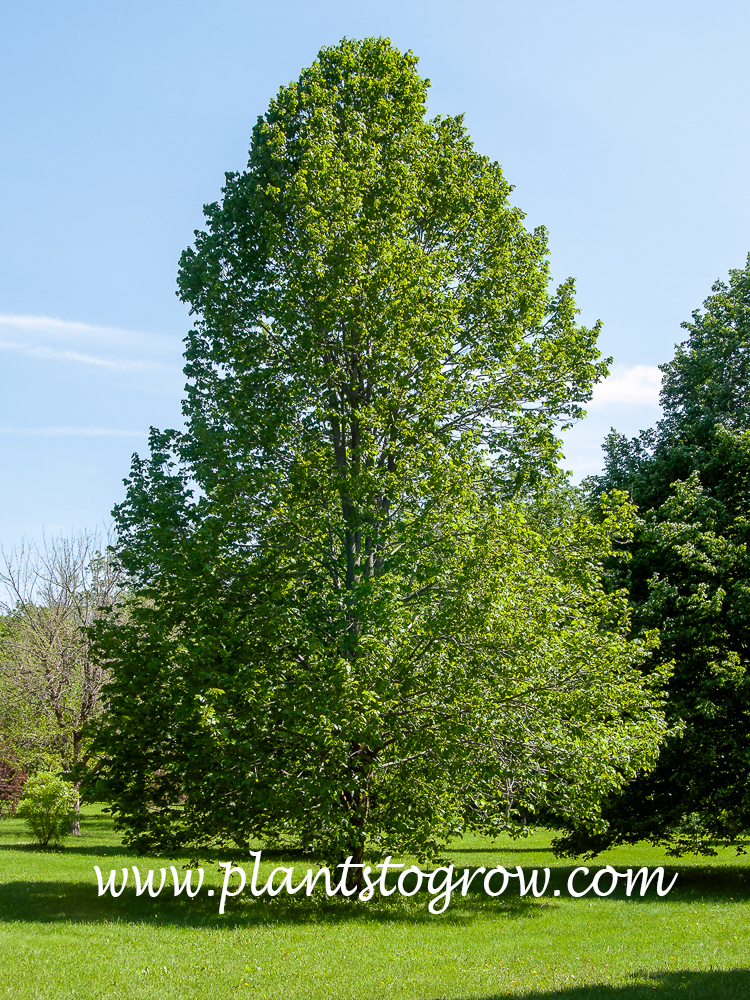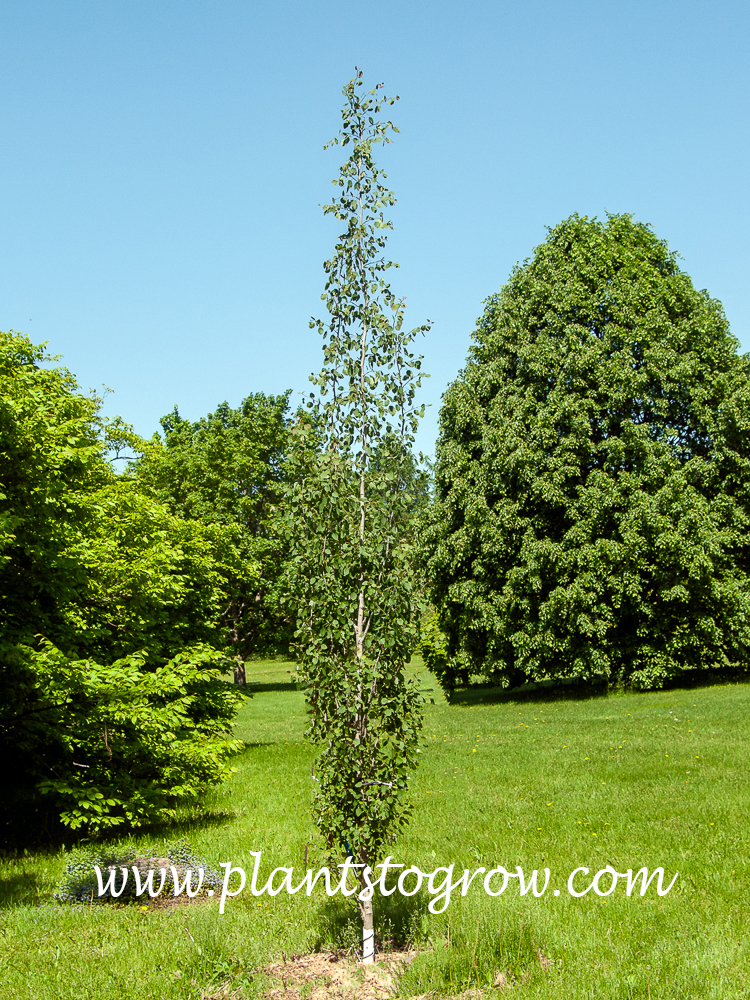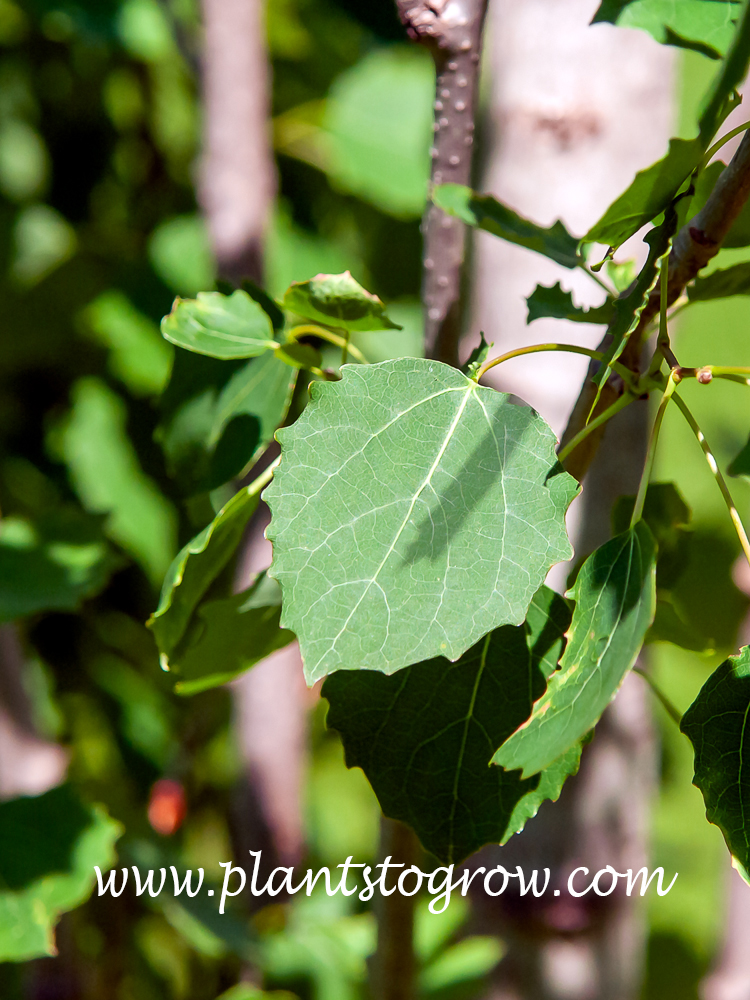| Description | Swedish Columnar Aspen Erecta (Populus tremula) An upright tall, narrow tree that thrives in the colder regions of the hardiness zone. |
|---|---|
| Pronunciation | (POP-yoo-lus) (TREM-yoo-luh) |
| Plant Type | Trees Deciduous |
| Hardiness Zone | 2-5(6), better in the colder end of their hardiness zone |
| Sunlight | full |
| Moisture | average, moist |
| Soil & Site | average, moist |
| Temperature | with stands very cold temperatures, doesn't like humidity |
| Flowers | male clone so it does not form seeds or "cotton" |
| Leaves | young light to dark maroon turning bright-green toothed, fall variable yellow, orange and red fall, leaves flutter in the wind |
| Stems | white bark |
| Dimensions | 40 by 10-15 feet (HS) |
| Maintenance | can suffer from canker and early leaf defoliation, has reported to be an aggressive suckering plant but others say they do not sucker |
| Cultivar Origin | "Introduced to the nursery trade in 1911 in Sweden, but reportedly grown there since 1847. Name published in 1916. Introduced to the USA in 1939 by the Arnold Arboretum." (#93) |
| Misc Facts | AKA: European Aspen, Swedish Columnar Aspen |
| Notes & Reference | #01-Manual of Woody Landscape Plants (Michael Dirr), #03-The Hillier Manual of Trees and Shrubs (Hillier Nursery), #93-North American Landscape Trees (Arthur Lee Jacobson) |

Cart



